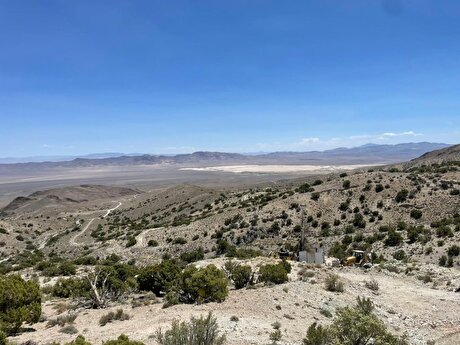
Rouhani Espouses Inclusive Growth
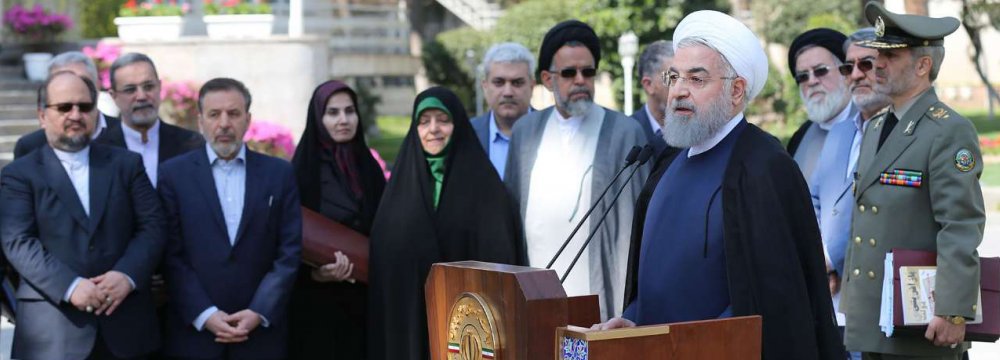
Rouhani, who was briefing reporters after the last Cabinet meeting of the current year, said the coming year “would be a year of investment, growth, economic development and social justice”.
“For all these goals, we have plans and I will keep the public posted,” hewas quoted as saying by the Presidential Office’s website.
The president noted that good measures have been implemented in the past four years for the realization of social justice, including the fact that employees’ salaries have always stayed above inflation.
“However, more serious efforts are required to achieve the desirable point emphasized by the Leader Ayatollah Seyyed Ali Khamenei,” he said.
Ayatollah Khamenei recently acknowledged that the country is lagging behind in its adherence to the value of social justice, saying that the ruling system should apologize to the people for this failure.
Rouhani referred to nationwide protests in January against a flagging economy, price rises and mismanagement, stressing that the government had acknowledged public discontent more quickly that in the past.
He said, however, that damage to public property, chaos and lawlessness would not be tolerated by the government.
Demonstrators voiced protest against Iran’s economic situation. The unrest has also been linked to the operation of many illegal financial and credit institutions that went bankrupt and inflicted huge losses on their depositors.
The government had to allocate over $4 billion to bail out the depositors.
Rouhani took a jab at anti-government factions and said the protests are not just aimed at the executive branch.
Progress Report
The president focused attention on the government’s achievements, saying an average growth rate of 4.8% in the past four years is positive, especially when compared to the average global growth of 2.5%.
Rouhani noted that the average growth in the eight years before he took office was 2.5%, which indicates that the country has come a long way to achieve development and growth.
According to the Statistical Center of Iran’s latest report released this week, Iran’s economy grew by 4.4% in the first three quarters of the current fiscal year (March 21-Dec. 21, 2017) compared with last year’s corresponding period. GDP growth, excluding oil production, reached 4.7% during the period.
The Central Bank of Iran released its growth report on Sunday, which put economic growth for the nine months at 3.4%.
IMF expects Iran’s real GDP growth to reach 4.2% in 2017-18, projecting it to be sustained or even reach 4.5% over the medium term, if financial reforms take hold.
The World Bank, in its latest “Iran’s Economic Outlook” report, sees stronger growth for Iran in 2018-19 “as investment growth turns positive and accelerates along with more political and economic stability”.
Its estimates for 2018 and 2019 are at 4% and 4.3% at constant market prices and 3.9% and 4.1% at constant factor prices respectively.
And the United Nations, in its latest World Economic Situation Prospects, has forecast a 5.3% economic growth for Iran in 2017, noting that the growth is projected to reach 5.1% and 5% over the next two years respectively.
Meanwhile, the research arm of Iranian Parliament recently revised upward its estimates of economic growth for the current fiscal year (March 2017-18) from the previous 4.1% to 4.6%.
Rouhani also pointed to the thorny issue of job creation and said that as of autumn, the number of employed people had reached 23.3 million from 22.3 million last year, which shows that 960,000 jobs had been created in a year.


Gold price eases after Trump downplays clash with Fed chair Powell

Copper price hits new record as tariff deadline looms

Brazil producers look to halt pig iron output as US tariff threat crimps demand

Three workers rescued after 60 hours trapped in Canada mine

Gold price could hit $4,000 by year-end, says Fidelity

US targets mine waste to boost local critical minerals supply

Energy Fuels surges to 3-year high as it begins heavy rare earth production

Glencore workers brace for layoffs on looming Mount Isa shutdown

Chile’s 2025 vote puts mining sector’s future on the line

Kinross divests entire 12% stake in Yukon-focused White Gold

Gold price could hit $4,000 by year-end, says Fidelity

Southern Copper expects turmoil from US-China trade war to hit copper

Ramaco Resources secures five year permit for Brook rare earth mine in Wyoming

Column: EU’s pledge for $250 billion of US energy imports is delusional
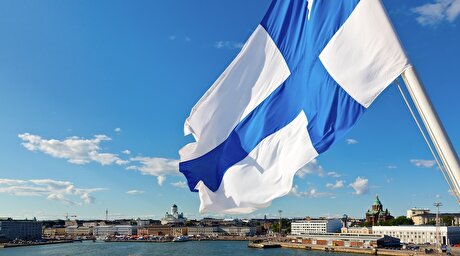
Finland reclaims mining crown as Canada loses ground
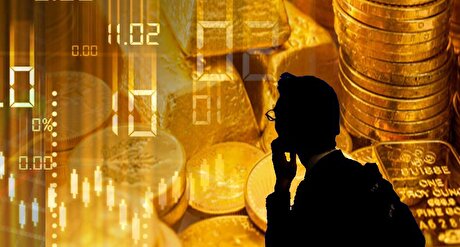
Gold price down 1% on strong US economic data
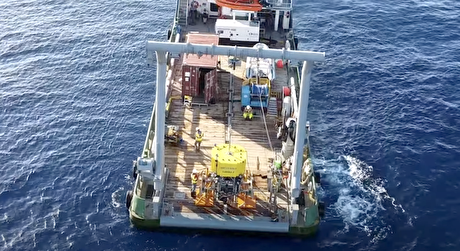
Trump’s deep-sea mining push defies treaties, stirs alarm

Chile’s 2025 vote puts mining sector’s future on the line
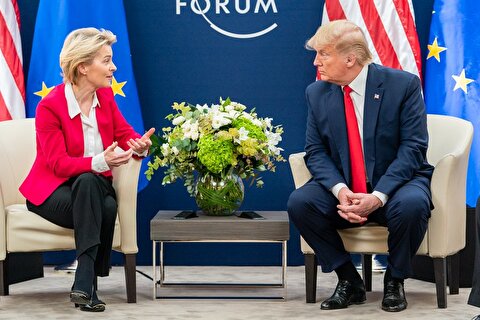
Gold price retreats to near 3-week low on US-EU trade deal

Gold price could hit $4,000 by year-end, says Fidelity

Southern Copper expects turmoil from US-China trade war to hit copper

Ramaco Resources secures five year permit for Brook rare earth mine in Wyoming

Column: EU’s pledge for $250 billion of US energy imports is delusional

Gold price down 1% on strong US economic data

Trump’s deep-sea mining push defies treaties, stirs alarm

Chile’s 2025 vote puts mining sector’s future on the line

Gold price retreats to near 3-week low on US-EU trade deal
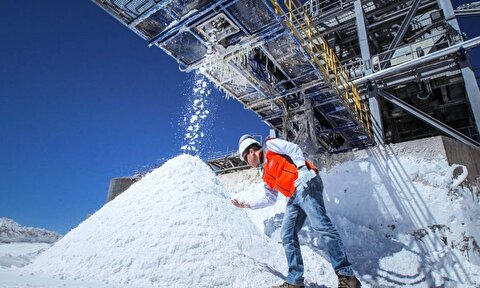
China’s lithium markets gripped by possible supply disruptions
